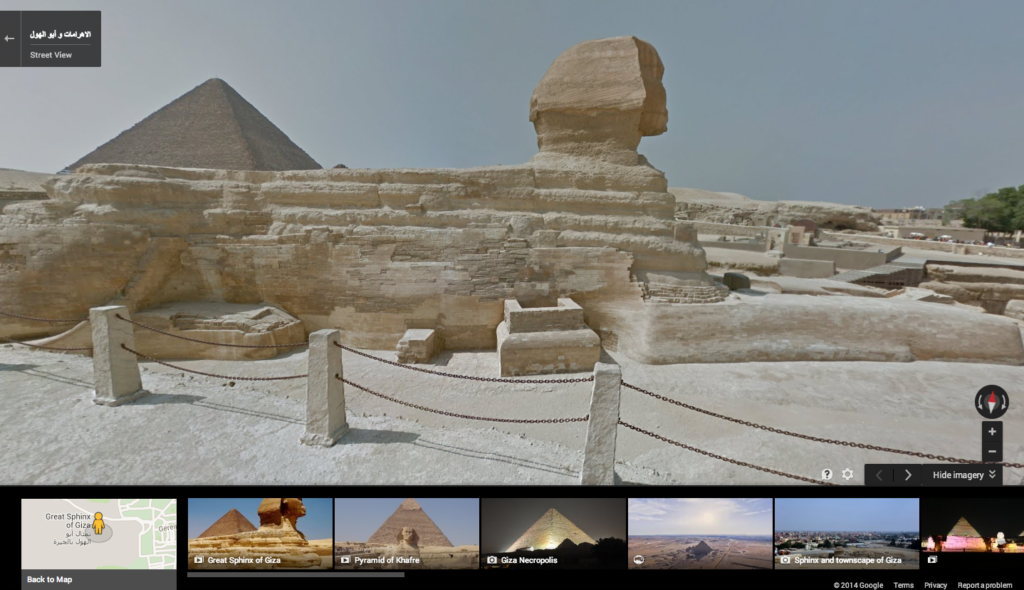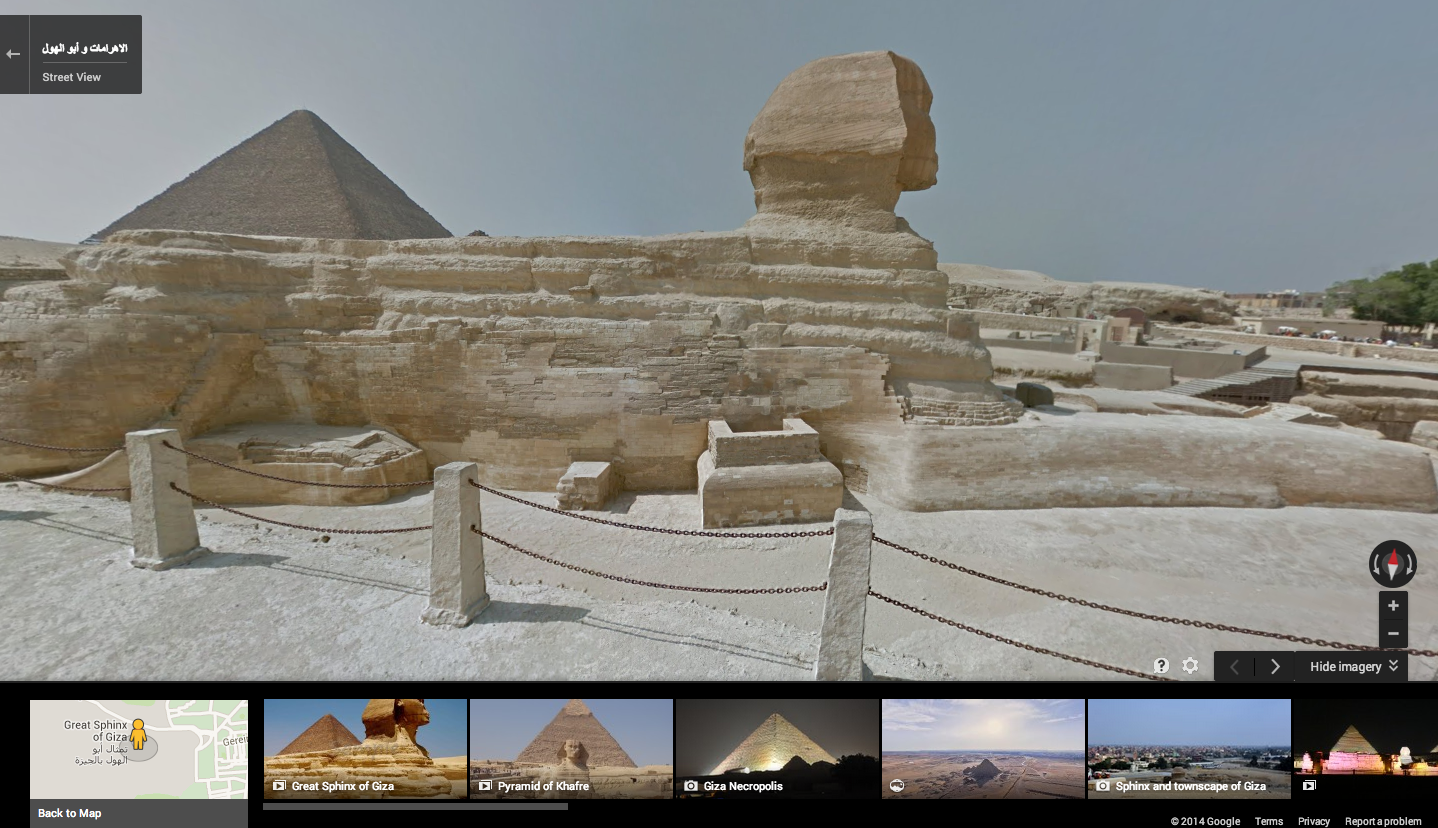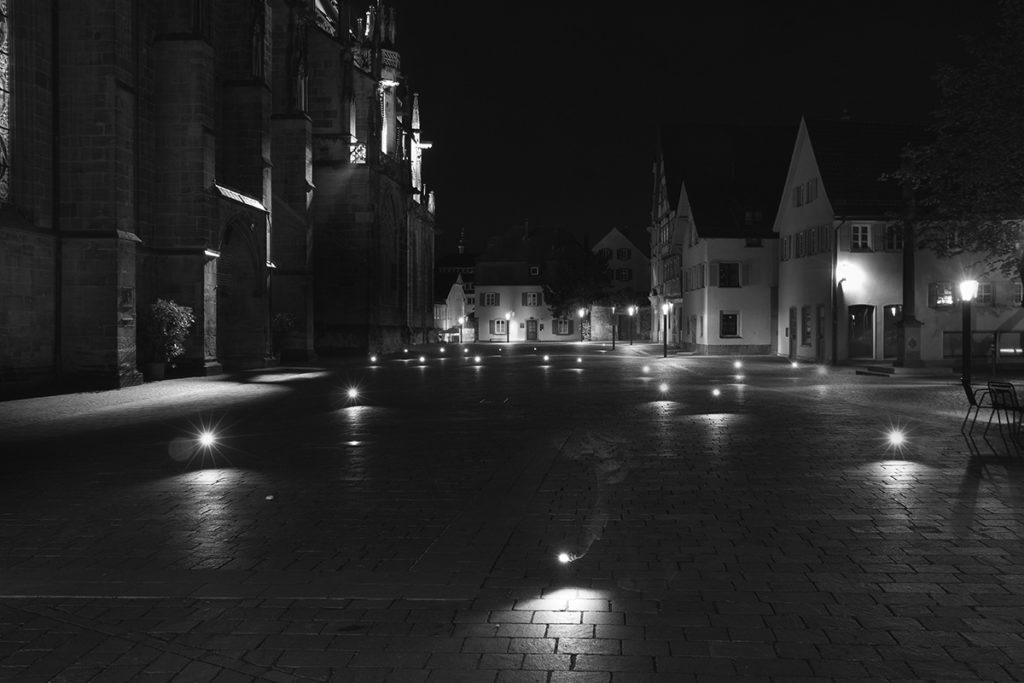
Egyptian pyramids captured on Google Street View
One of the last surviving wonder of the ancient world has been captured by Google team using the famous Google Trekker backpack which allows for capturing places with are not accessible with a car.
Google Street View team captured the amazing, 139 meter high Great Pyramid in Giza, built 3,800 years ago as a tomb and a symbol of eternity for the Pharaoh Khufu. Next to it you find the pyramids of Khafre and Menkaure, and the famous Great Sphinx. In addition the team captured many other Egyptian attractions including: The Pyramid of Djoser, Abu Mena, the Hanging Church, the Cairo Citadel.
The launch of the new ancient locations in Google Street View has been honoured with this cool presentation: Pyramids of Giza, which gives facts about pyramids and the capturing process and a video.
source: Google Lat Long Blog






